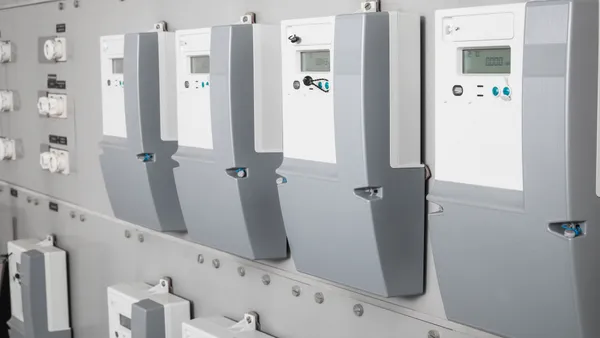Dive Brief:
- Bloomberg New Energy Finance has released its 2017 electric vehicle outlook and now expects "more aggressive EV adoption" than in its previous forecast, primarily on the strength of falling battery costs and rising commitments from automakers.
- By 2040, BNEF expects 54% of new car sales and 33% of the global car fleet will be electric. China, the United States and Europe will make up more than half the global market.
- Last month, a report from the Edison Electric Institute projected a similar boom, predicting 7 million zero-emissions vehicles will be on U.S. roads by 2025—up from 567,000 at the end of 2016.
Dive Insight:
Two recent reports predict a strong surge in electric vehicle sales, with falling battery prices a major driver.
"Falling battery prices will bring price-competitive electric vehicles to all major light-duty vehicle segments before 2030, ushering in a period of strong growth for electric powertrain vehicles," BNEF said in its new analysis.
While EV sales to 2025 will remain relatively low, the firm anticipates an inflection point in adoption between 2025 and 2030, "as EVs become economical on an unsubsidized total cost of ownership basis across mass-market vehicle classes."
China, the U.S. and Europe will make up over 60% of the global EV market in 2040, and BNEF predicts the size of those car markets will ultimately be the primary driver for sales — though "strong regulatory support" from 2015 to 2025 will also help grow demand.
Unsubsidized electric vehicles will become price competitive in less than a decade, the report found, though some segments will take longer. "But by 2029 most will have reached parity with comparable internal combustion engine vehicles," BNEF predicts. "Real mass market adoption only starts after this point in most markets."
EEI's research, released with the partnership of the Institute for Electric Innovation, predicts EV sales will represent 7% of all vehicle sales by 2025, with the vehicles making up 3% of all cars and light-duty trucks in the United States.
Utilities are looking ahead to harness the vehicles and charging infrastructure as a grid resource, but that point may still be years down the road.
A recent report from the Smart Electric Power Alliance, “Utilities and Electric Vehicles; The Case For Managed Charging,” urged utilities to control charging so that it coincides with grid needs instead of becoming a stressor a peak times. However, EEI Sustainable Technology Manager Kellen Schefter previously told Utility Dive that “to be an asset of grid-scale value, EVs would need to be at least 5% to 10% of new car sales."














